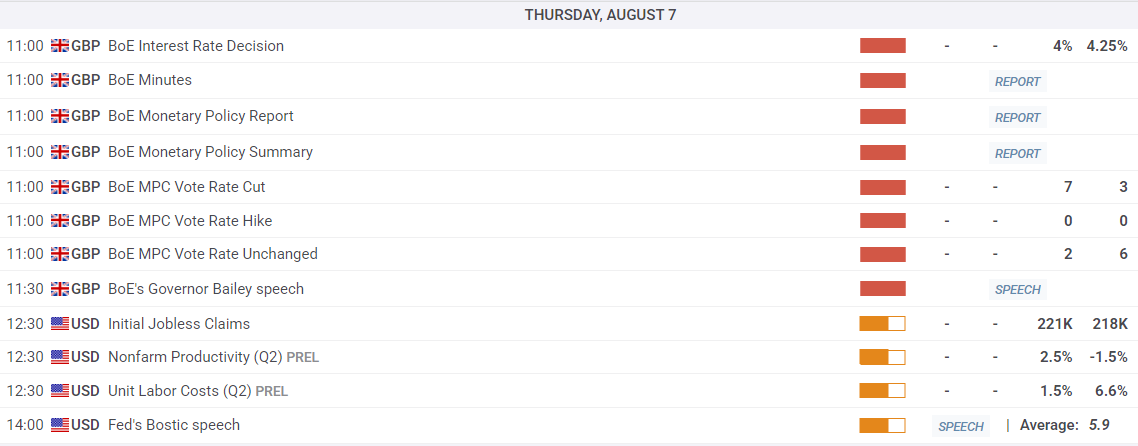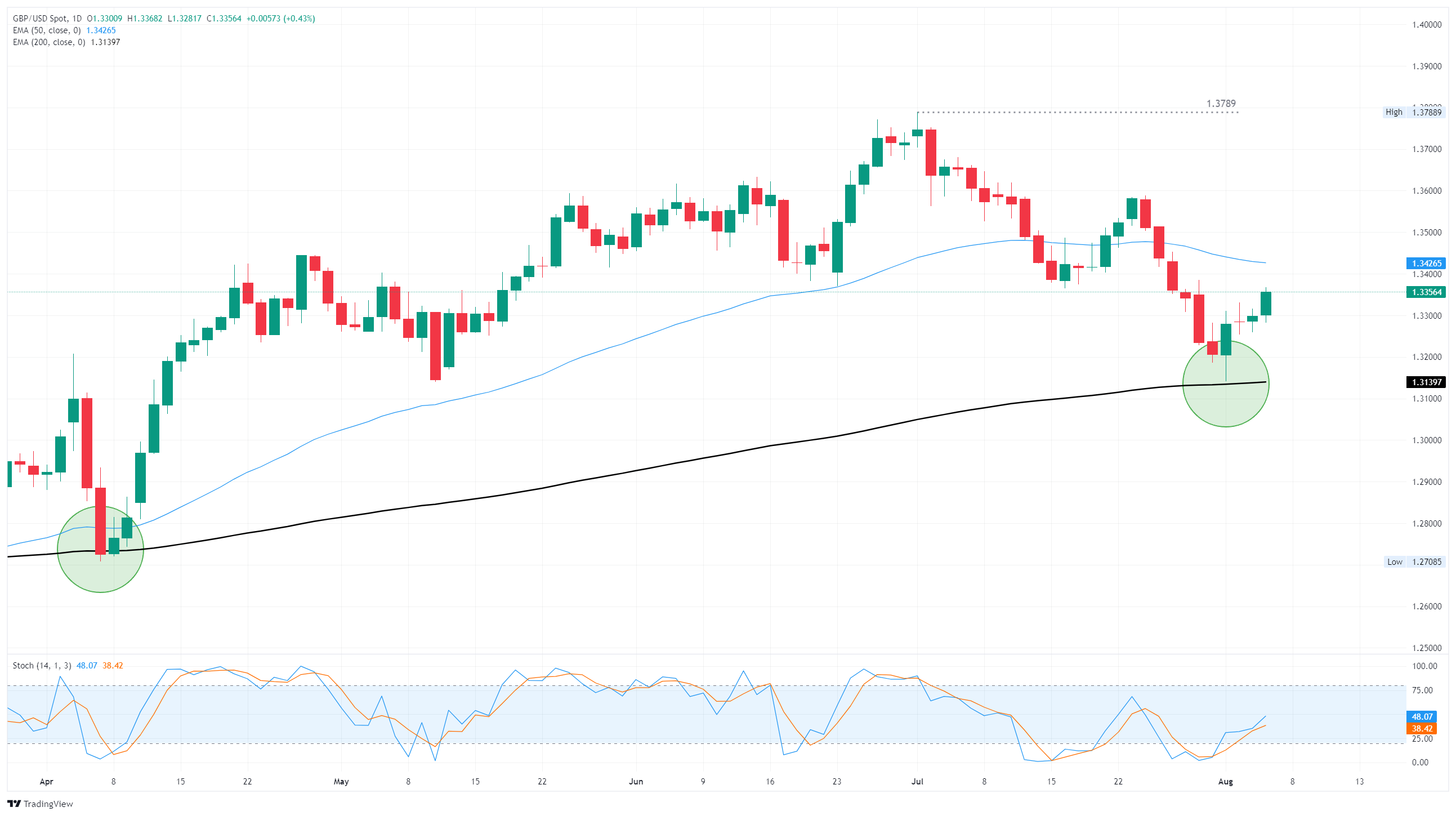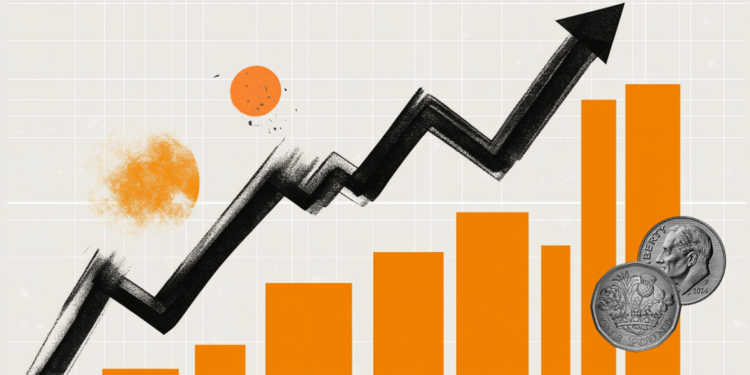- GBP/USD clawed back above 1.3350 on Wednesday as Greenback pressures eased further.
- The BoE is set to deliver its latest interest rate decision, and a quarter-point rate cut is widely expected.
- The latest tariff deadline of August 8 looms ahead later this week.
GBP/USD caught a much-needed lift on Wednesday, rising back above 1.3350 as bullish momentum claws back chart paper following last week’s one-sided plunge into 15-week lows near 1.3140. The Bank of England (BoE) is on the board for Thursday, poised to deliver a 25 bps interest rate cut.
Cable has extended into a bullish leg back up, climbing for three of the last four trading sessions, and bouncing nearly 1.75% bottom-to-top after chalking in a technical rebound from the 200-day Exponential Moving Average (EMA) near 1.3175. With a technical floor priced in from the 1.3200 handle, the way is clear for GBP/USD bulls to continue muscling the pair back into the last swing high near the 1.3600 region.

The BoE is poised to trim interest rates on Thursday, with median market forecasts expecting the Monetary Policy Committee (MPC) to vote 7-to-3 in favor of a quarter-point trim, bringing the BoE’s main reference rate down to 4.0% from 4.25%. If the BoE matches market expectations and cuts interest rates this week, this will be the seventh rate cut from the UK’s central bank since the BoE started trimming rates in July of 2024.
GBP/USD daily chart

Pound Sterling FAQs
The Pound Sterling (GBP) is the oldest currency in the world (886 AD) and the official currency of the United Kingdom. It is the fourth most traded unit for foreign exchange (FX) in the world, accounting for 12% of all transactions, averaging $630 billion a day, according to 2022 data.
Its key trading pairs are GBP/USD, also known as ‘Cable’, which accounts for 11% of FX, GBP/JPY, or the ‘Dragon’ as it is known by traders (3%), and EUR/GBP (2%). The Pound Sterling is issued by the Bank of England (BoE).
The single most important factor influencing the value of the Pound Sterling is monetary policy decided by the Bank of England. The BoE bases its decisions on whether it has achieved its primary goal of “price stability” – a steady inflation rate of around 2%. Its primary tool for achieving this is the adjustment of interest rates.
When inflation is too high, the BoE will try to rein it in by raising interest rates, making it more expensive for people and businesses to access credit. This is generally positive for GBP, as higher interest rates make the UK a more attractive place for global investors to park their money.
When inflation falls too low it is a sign economic growth is slowing. In this scenario, the BoE will consider lowering interest rates to cheapen credit so businesses will borrow more to invest in growth-generating projects.
Data releases gauge the health of the economy and can impact the value of the Pound Sterling. Indicators such as GDP, Manufacturing and Services PMIs, and employment can all influence the direction of the GBP.
A strong economy is good for Sterling. Not only does it attract more foreign investment but it may encourage the BoE to put up interest rates, which will directly strengthen GBP. Otherwise, if economic data is weak, the Pound Sterling is likely to fall.
Another significant data release for the Pound Sterling is the Trade Balance. This indicator measures the difference between what a country earns from its exports and what it spends on imports over a given period.
If a country produces highly sought-after exports, its currency will benefit purely from the extra demand created from foreign buyers seeking to purchase these goods. Therefore, a positive net Trade Balance strengthens a currency and vice versa for a negative balance.







